Rockford undertook one of our most challenging health and well-being renovation projects during the COVID-19 pandemic at Corewell Health Ludington Hospital. With the goal of modernizing patient spaces, Rockford team transformed several existing semi-private rooms into 31 private rooms. The goal was to increase patient comfort, privacy and care. Achieving it, required navigating severe spatial limitations, maintaining hospital operations and managing high-risk construction conditions.
Limited Space for MEP Systems
From the beginning, the project was defined by limited space, operational demands and high risk. The existing facility poised major obstacles. Offering little room to route new systems with only 16 inches of clearance in the existing ceiling, the space proved insufficient room for new MEP systems. The solution called for removing the existing mechanical penthouse and constructing a new third floor penthouse spanning across most of the inpatient wing, allowing for new space to run the necessary ductwork and piping. This required extensive phasing and logistics, with the temporary relocation of critical care units, setting up temporary CCU rooms and establishing conditions where demo could occur without disrupting patient care.

Protecting Patients, Staff and Operations
With patient rooms and surgery spaces directly below the work zone, protecting operations and safety was paramount. The team installed roughly 108 stub columns along with several hundred linear feet of steel beams that penetrated through the roof. Rockford strategically scheduled trades so that all penetrations were sealed from the elements each day as they were made. The team developed a comprehensive water management plan for areas where the existing precast roof structure was removed. This plan included building temporary walls below that were waterproofed with roofing membrane. Our team added roofing membrane on the floor with sloped insulation to prevent ponding water and to direct the water to pumps that redirected water outside of the building.
Because construction cut off a main hospital artery, Rockford created an alternate corridor linking the pharmacy and patient rooms. Working with the state fire marshal, and hospital facilities, clinical and infection prevention staff, the team established compliant egress routes and also installed a dumbwaiter system to deliver pharmaceuticals directly to the cancer center. A temporary stair tower and exterior pathway were also constructed to route all manpower outside, keeping workers out of hospital circulation paths and reducing disruption to staff and patients.
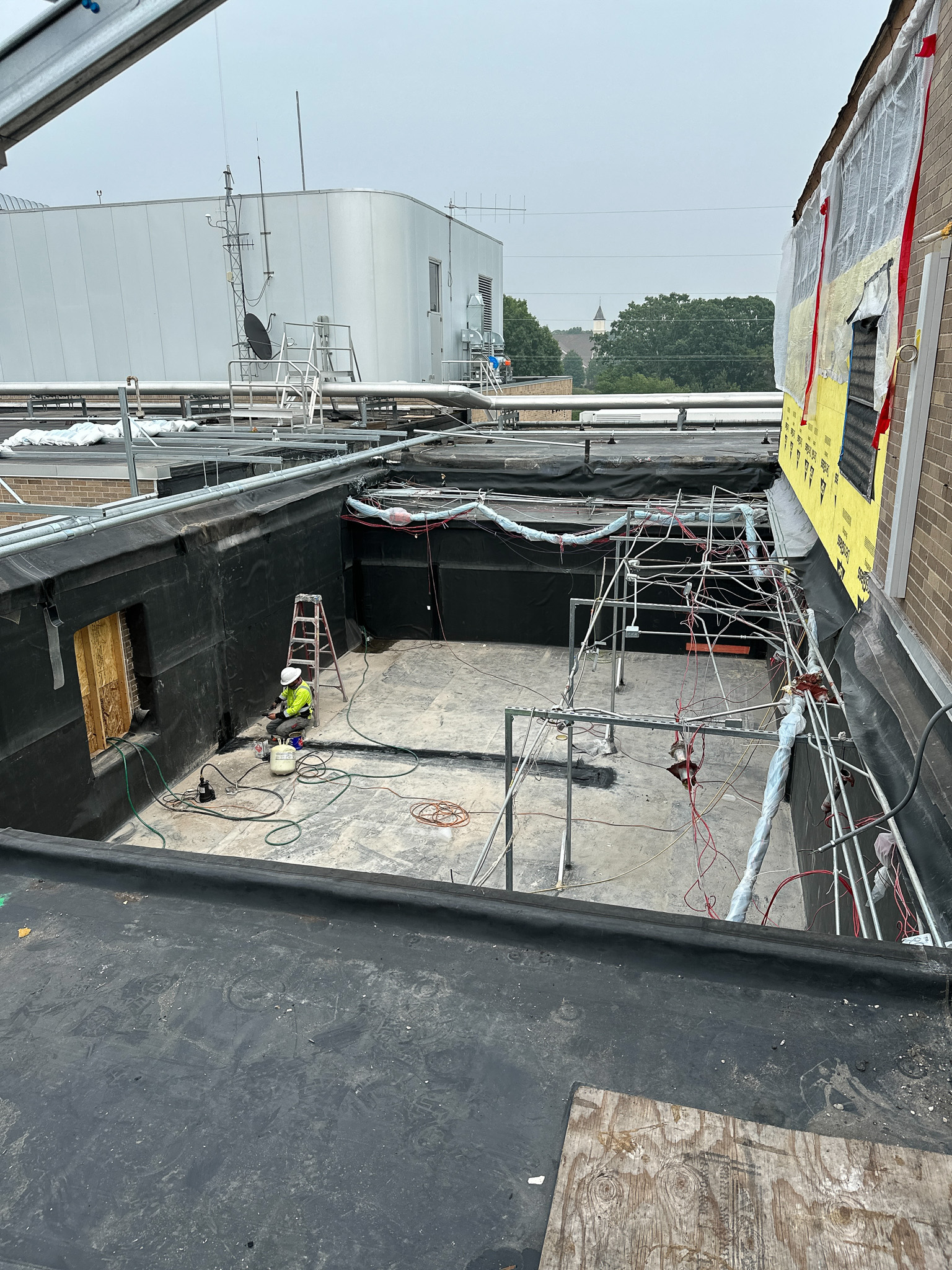
Meeting Critical Care Demands
One of the most complex challenges of this project was ensuring uninterrupted and, more importantly, rapid access to surgical care for the birthing center. Staff are required to transfer patients to surgery within six minutes, but not all elevators could accommodate a bed. Rockford coordinated test runs with hospital teams to identify viable routes, then removed walls to create a temporary pathway. Alarm systems and controlled access panels were also installed to maintain baby and infant security systems while enabling emergency use of specific elevators.
Innovation and Prefabrication
For patient headwalls where electrical, medical gas and vacuum systems converge, Rockford utilized prefabrication. Panels were CNC-cut and assembled off site with gases and electrical rough-ins. They were later installed in days rather than the multiple weeks it typically takes. This approach reduced errors, quickened installation and minimized onsite disruption.

Advanced Care Upgrades
Phase two of the project introduced even more advancements to improve patient care and staff success. The CCU was outfitted with VICU (virtual ICU) technology, providing 24/7 remote monitoring of vitals and patient status from an external facility. Fourteen rooms received overhead patient lifts to reduce strain on nursing staff and improve patient mobility. New electrical panels, piping and ductwork were also installed throughout, requiring temporary systems to maintain service during cutovers.
Planning and Critical Communication
What truly defined this project was the level of planning and coordination. Months before construction began, Rockford held regular meetings with hospital department leaders, reviewing phasing, egress paths and workflow impacts. Plans were adjusted based on staff input, ensuring operations remained functional while construction advanced. Temporary partitions, air monitoring and dust control systems were installed at every phase to separate construction from patient care.
Outcome
Despite limited space, harsh winter conditions and the added complexity of COVID-era operations, Rockford delivered a modernized patient care environment that enhanced safety, privacy and comfort. Each private room now features its own bathroom and shower, modern systems and technology upgrades that will serve patients and staff for decades to come. The success of this project was rooted in meticulous preplanning, relentless problem-solving and a commitment to keeping patient care at the center of every construction decision.







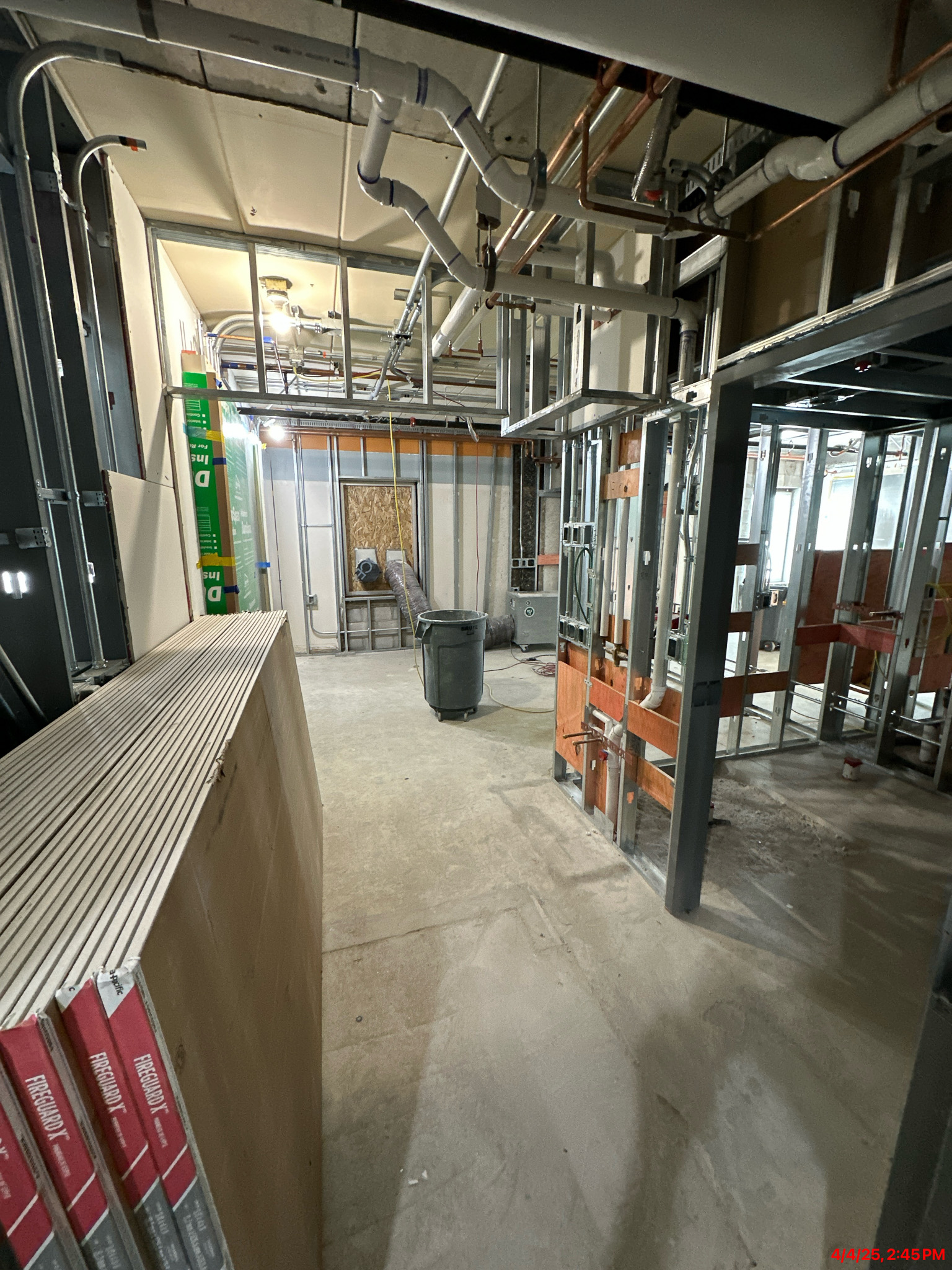

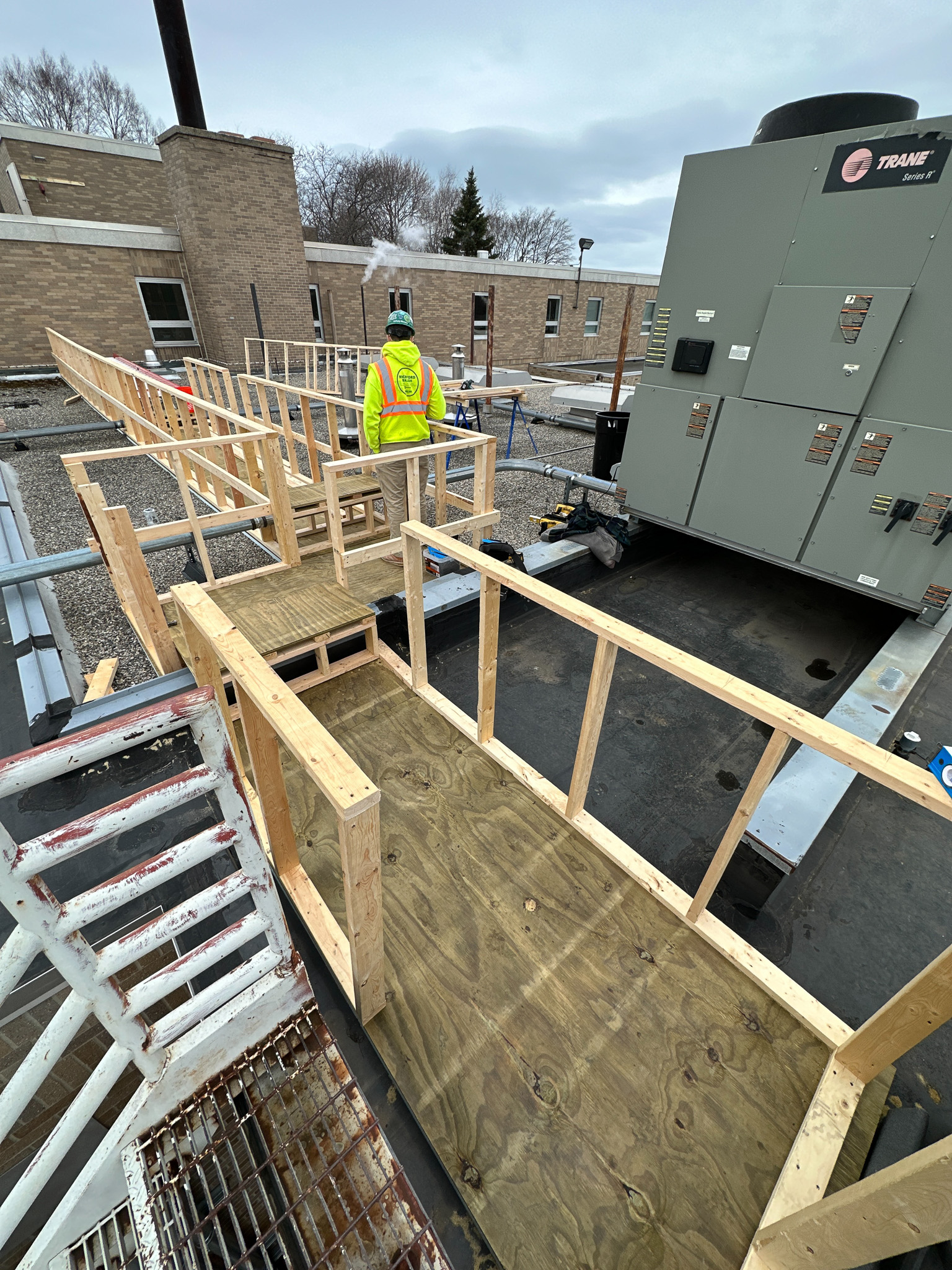

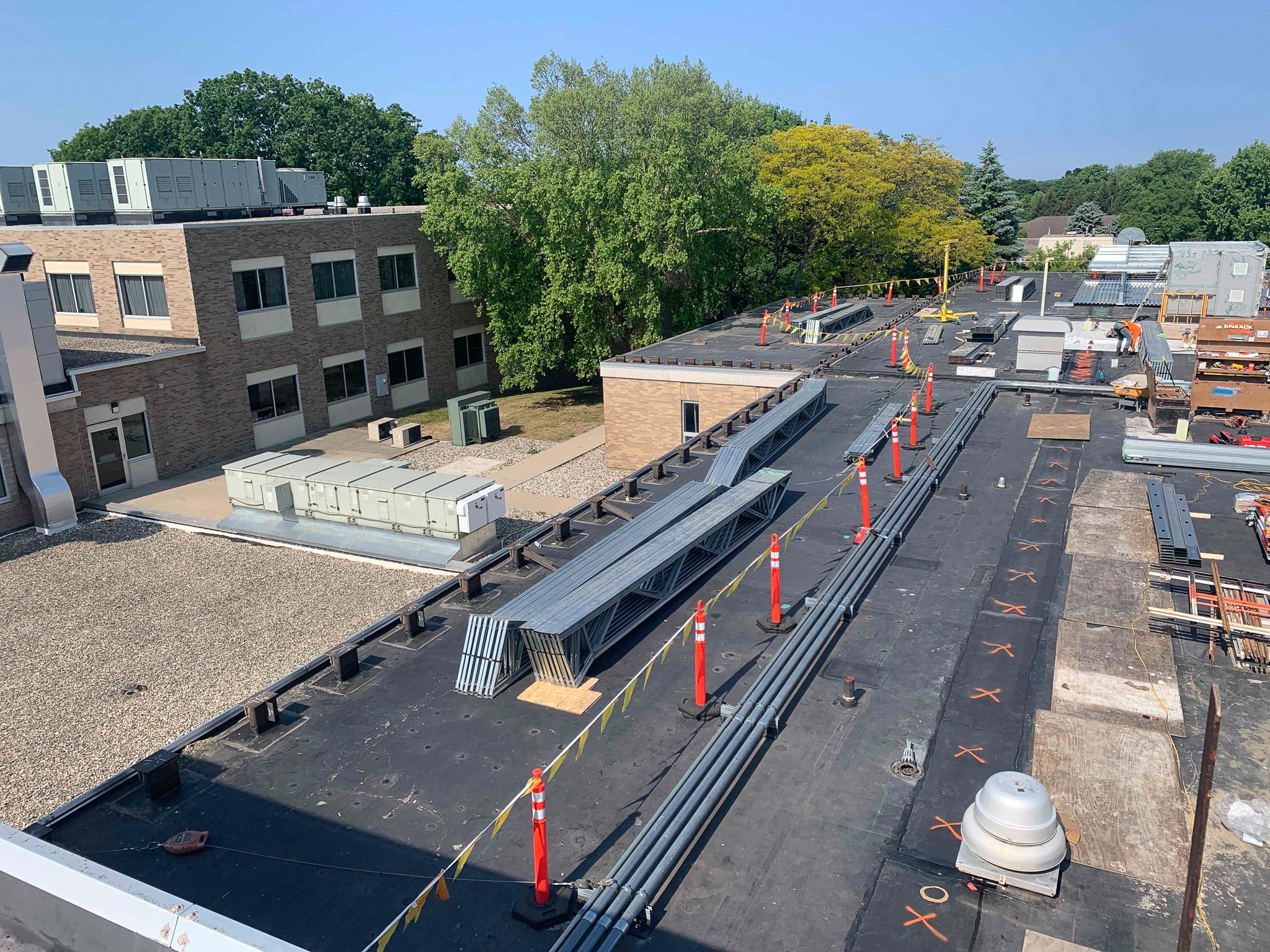
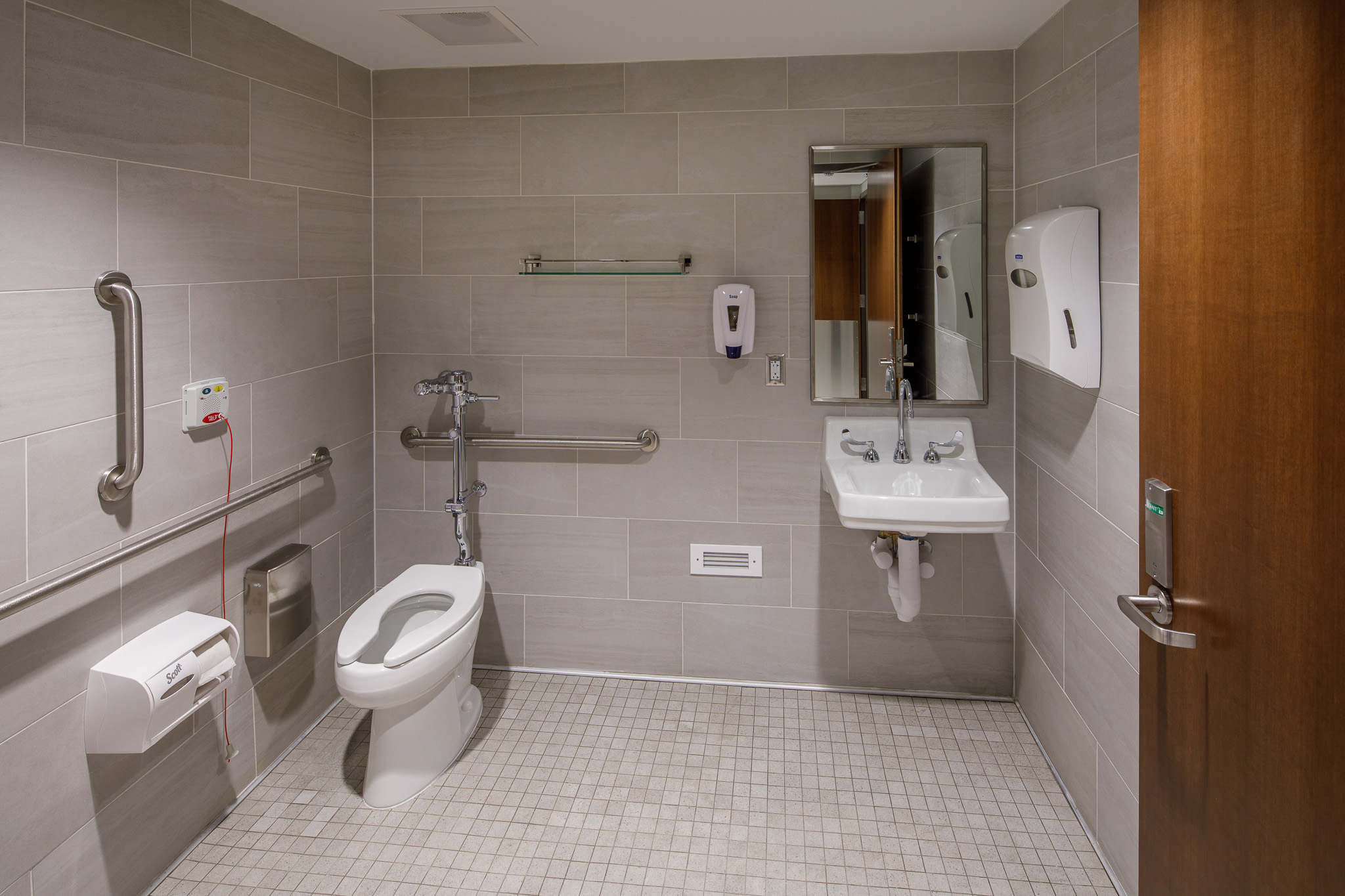

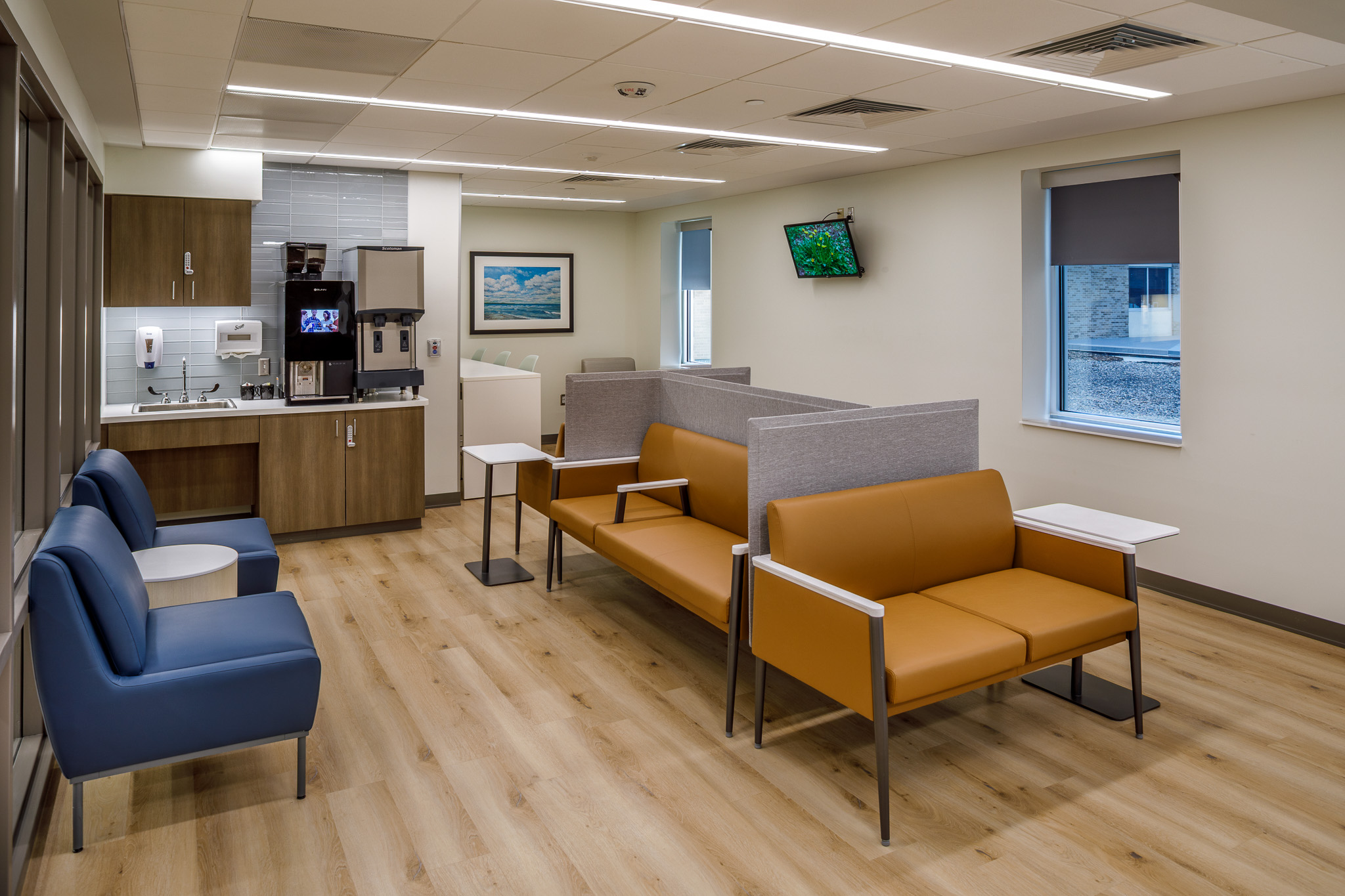
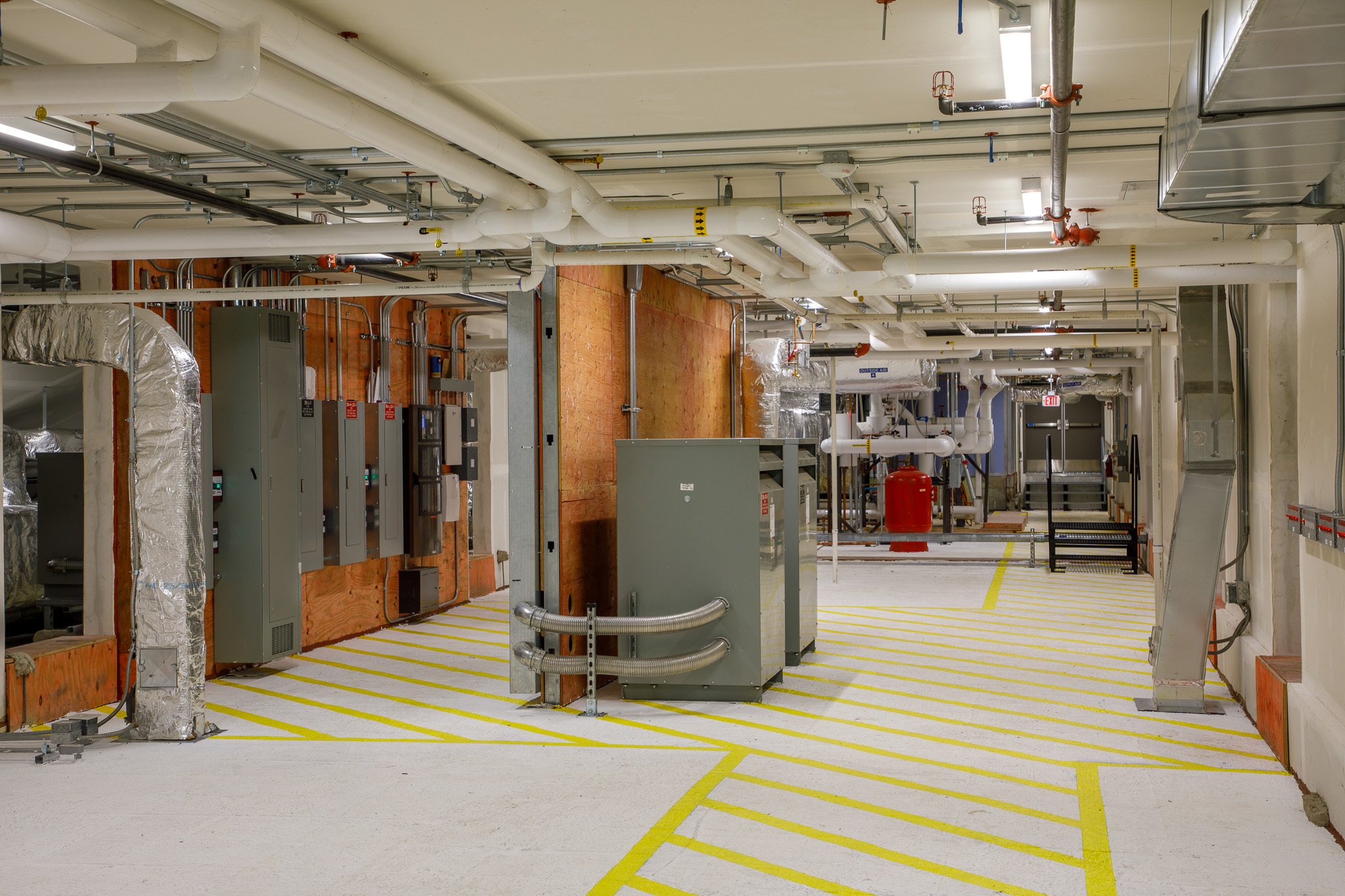
.webp)




